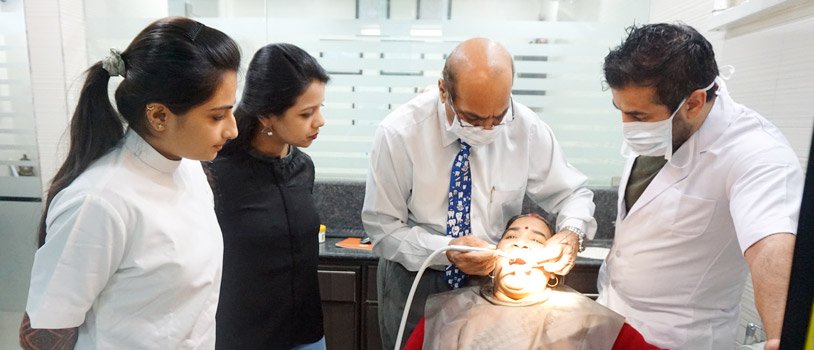Dental filling is a type of dental procedure used to repair minor to moderate tooth fracture, decay and other damaged surface on the tooth. To even out the surface and enhance the chewing and biting abilities, dental filling materials are used.
In 2015, the dental filling market was estimated over 1073 million USD. If the research by Global Market Insights is to be believed, it’s expected to exceed 1.4 billion USD by the end of 2024.
The growing occurrences of dental disorders are driving the demand for dental fillings. Tooth decays and cavities are a fairly common sight. According to World Health Organization (WHO), around 60-90% of children and almost all of the adults are suffering from dental cavities worldwide. The numbers are expected to rise over the coming years, further fuelling the demand for dental fillings.
A fair estimate informs how only 21% of adults regularly visit the dentists for checkups, while only 42% use toothbrush for oral hygiene.
The increase in the number of cosmetic and dental procedures as well as continuous advancements in technology would further contribute to the dental fillings market growth.
Based on the filling type, the market is divided into 2 categories:
– Indirect filling
– Direct filling
Based on the materials used, the global market is classified into:
– Silver/Amalgam fillings (High durability and demand in cosmetic dental procedures)
– Gold fillings
– Glass ionomer (Used mainly for children with big cavities)
– Ceramic/Porcelain fillings
– Composite fillings – glass/plastic
Regional outlook
Due to rising preference for aesthetic dentistry, North America is serving the maximum demand for dental fillings. The well-developed healthcare infrastructure and high per capita income helps them propel the demand for dental filling material.
However, owing to its vast geriatric population, Asia Pacific is estimated to witness the best growth rate among all the geographic regions in the world, growing at the highest Compound Annual Growth Rate (CAGR).
Besides the vast and growing population, improving awareness and healthcare infrastructure and rise in disposable income can also be credited for the growth.
The European market ranks third, and is majorly dominated by Germany, who holds over 26% if the dental fillings share in the European region. By 2024, it’s anticipated to surpass 83 million USD.
The global report is an all-inclusive overview of the prevalent scenario and is based on several factors influencing the demand for dental fillings. The report has been methodologically prepared based on proven research and includes data from authoritative, valuable sources.


